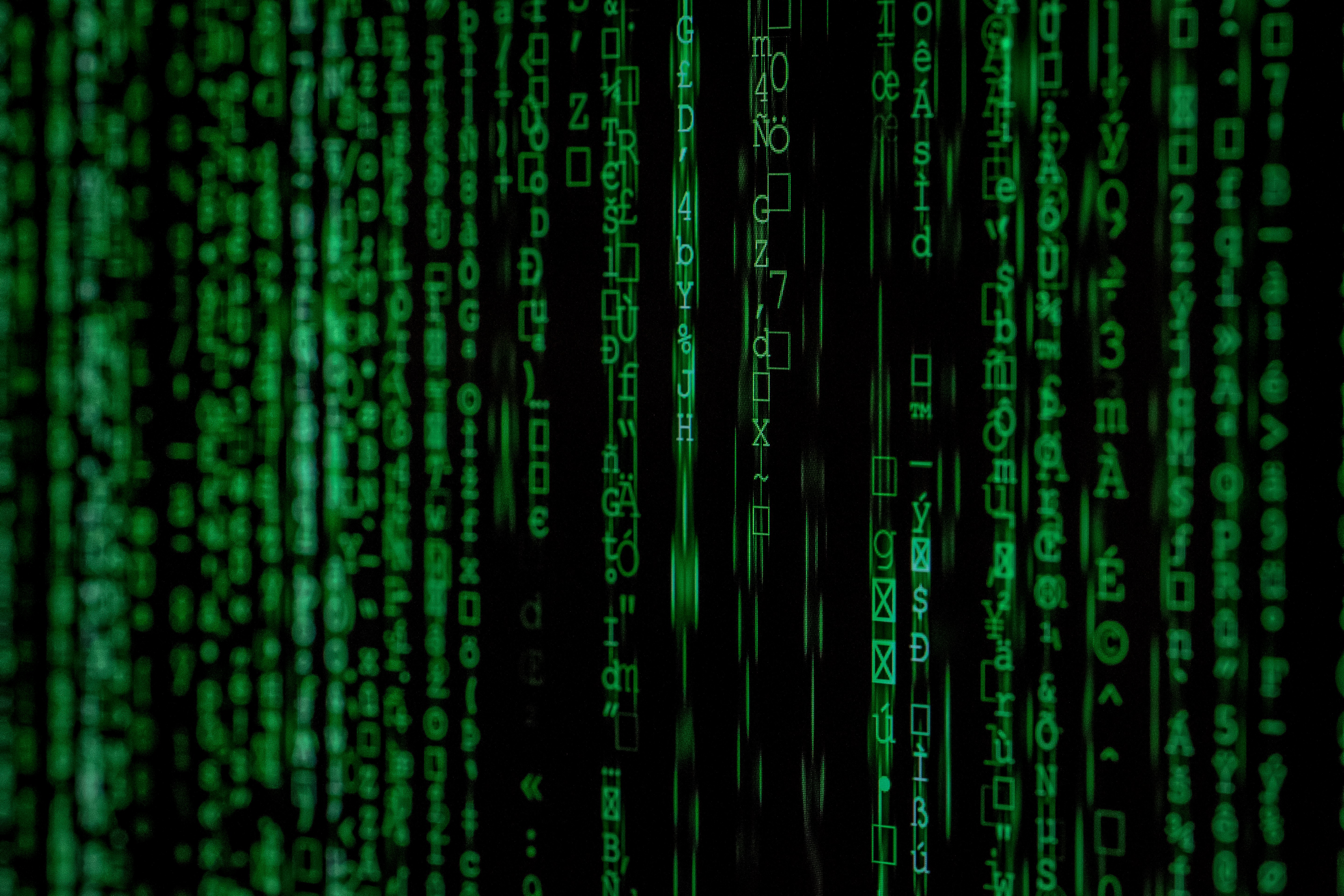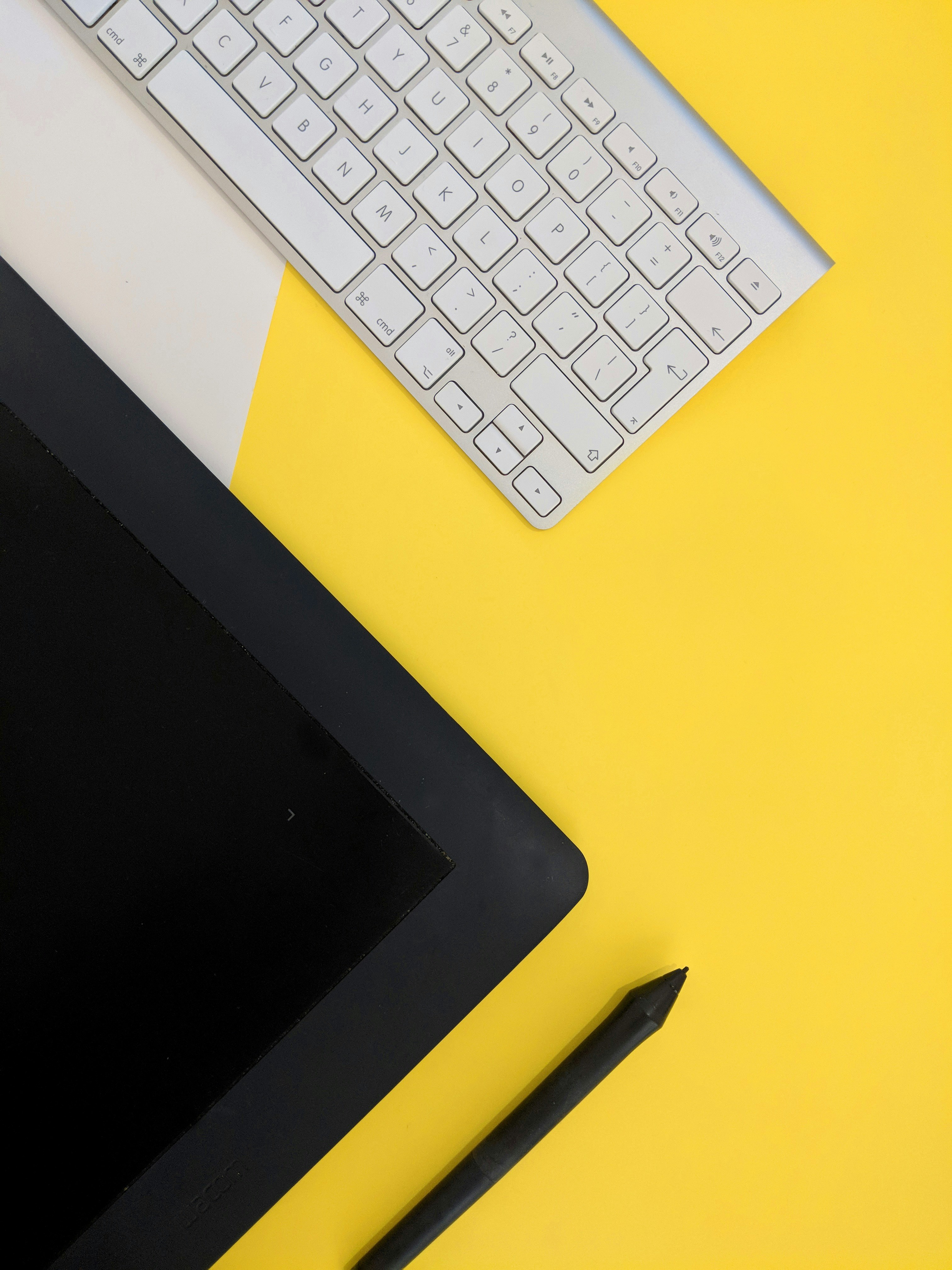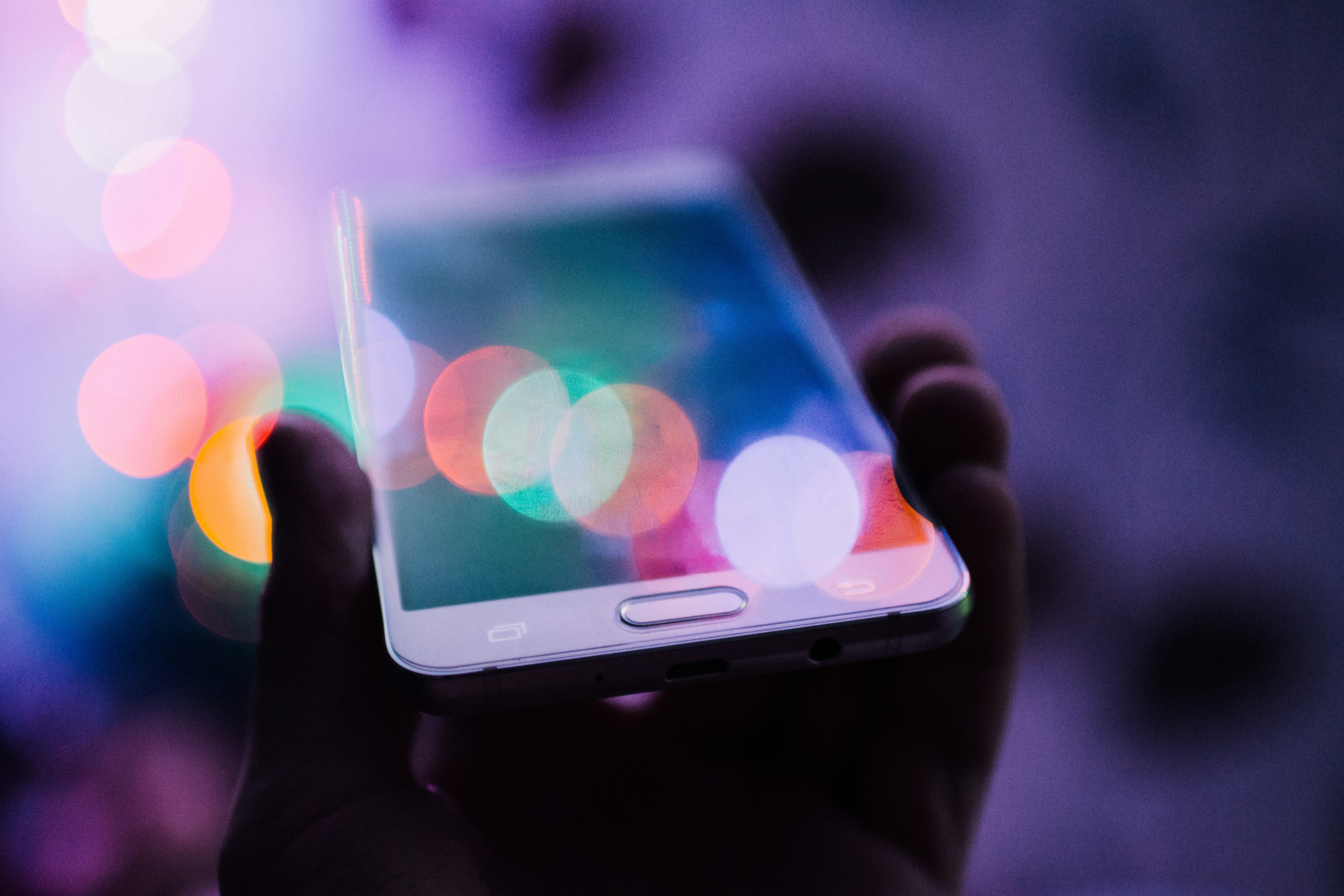
Physical Filters vs. Digital Editing: What's Best for You?
2025-04-14



Physical Filters vs. Digital Editing: What's Best for You?
As a photographer, you're constantly faced with decisions on how to enhance your images. One of the ongoing debates in the photography world is whether it's better to use physical filters or rely on digital editing to achieve the desired effects. Both methods have their advantages and drawbacks, so let's explore which one might be best for you.
Introduction
Physical filters are accessories that you attach to your camera lens to alter the way light enters the camera. They can enhance colors, reduce glare, or create specific effects like softening or blurring. On the other hand, digital editing involves using software like Adobe Photoshop or Lightroom to manipulate images after they have been taken. Each method has its own set of benefits and challenges, so it's important to understand the differences before deciding which one to use.
Physical Filters
Physical filters have been used by photographers for decades to achieve specific effects without the need for extensive editing. There are various types of filters available, including UV filters, polarizers, neutral density filters, and color filters. Each type serves a different purpose and can help you achieve a particular look in your photos.

One of the primary advantages of using physical filters is that they can help you save time in post-processing. By applying a filter to your lens before taking a shot, you can achieve the desired effect without having to spend hours editing the image later. Filters can also help protect your lens from scratches, dust, and other damage, which is an added bonus.
However, physical filters can be expensive, especially if you need multiple filters for different situations. They can also be cumbersome to carry around, as you'll need to switch them out depending on the lighting conditions and the effect you want to achieve. Additionally, some filters can degrade image quality, so it's important to invest in high-quality filters to avoid this issue.
Digital Editing
Digital editing has become increasingly popular among photographers due to the advancements in editing software and technology. With programs like Adobe Photoshop and Lightroom, you can manipulate your images in countless ways, from adjusting exposure and color to removing unwanted elements from the frame. Digital editing offers a level of control and flexibility that physical filters cannot match.

One of the key advantages of digital editing is the ability to make precise adjustments to your images. You can fine-tune every aspect of the photo to achieve the desired look, which can be particularly useful for photographers who have a specific vision in mind. Digital editing also allows you to experiment with different effects and styles without the need to purchase additional equipment.
However, digital editing can be time-consuming, especially if you're not familiar with the software or if you have a large number of images to process. It also requires a certain level of skill and creativity to achieve professional-looking results. Additionally, editing software can be expensive, and it may take some time to learn how to use it effectively.
Practical Tips
Whether you choose to use physical filters or digital editing, here are some practical tips to help you make the most of your photography:
- Experiment: Don't be afraid to try out different filters and editing techniques to see what works best for your style.
- Invest in Quality: Whether you're buying physical filters or editing software, invest in high-quality products to ensure the best results.
- Learn from Others: Take online courses, watch tutorials, and seek feedback from other photographers to improve your skills.
- Practice: The more you practice using filters or editing software, the more comfortable and proficient you'll become.
Conclusion
In the end, the choice between physical filters and digital editing comes down to personal preference and the specific needs of each photographer. Some photographers prefer the hands-on approach of using physical filters, while others enjoy the creative possibilities of digital editing. Ultimately, it's up to you to decide which method aligns best with your style and workflow.
Whichever method you choose, remember that photography is a creative art form, and there is no right or wrong way to achieve stunning images. Experiment, practice, and have fun exploring the possibilities that both physical filters and digital editing have to offer. Happy shooting!